Porsche GTS: Hitting the sweet sport



Lionel Kong
1:55 May 1,2022Pondering a new Porsche but vexed by the variety? The GTS label could solve that problem for you. Here's how...
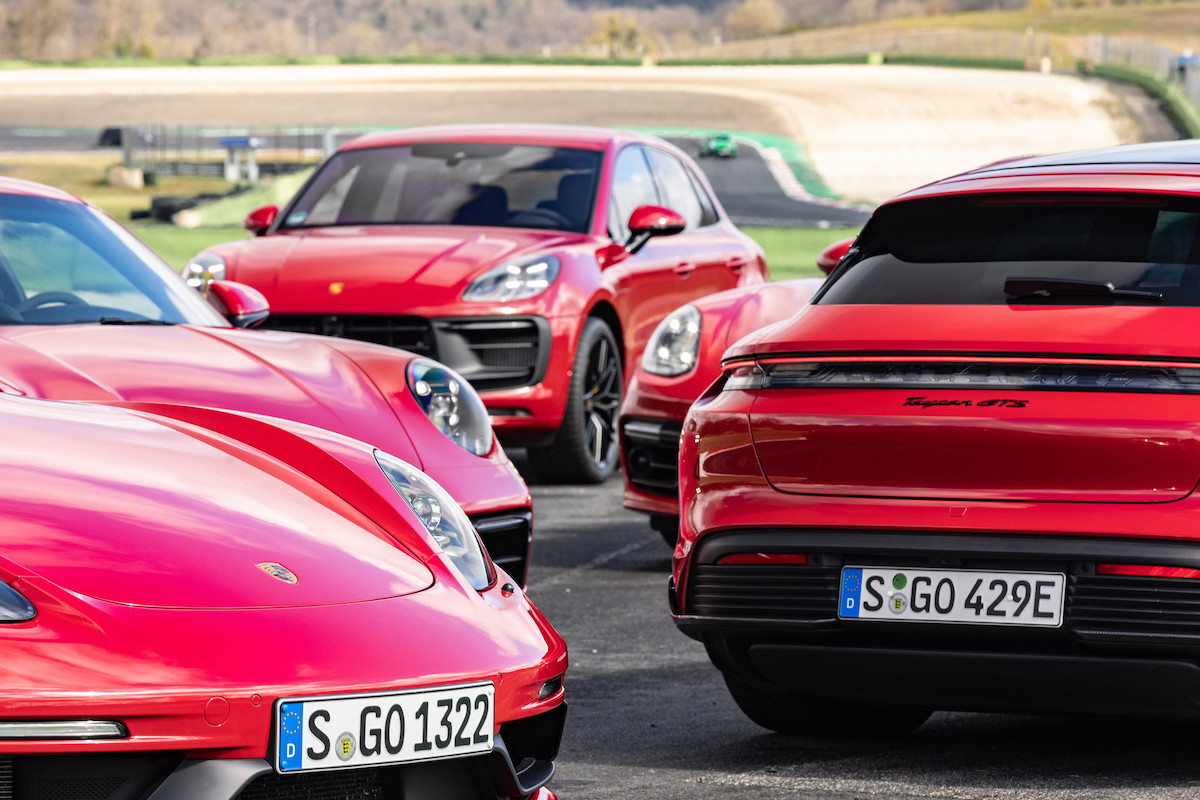


CAMPAGNANO DI ROMA — If there’s a string of three characters synonymous with Porsche, it’s surely “911”. The iconic everyday sportscar has pretty much supplied the brand with its DNA for six decades, though it no longer pays a huge part in its maker’s commercial success. Last year, its best ever in terms of sales volume, Porsche actually sold more of its all-electric Taycan than the legendary 911.
But in the modern day era of Porsche, there are three other characters that have come to sum up what, in many ways, is best about the brand: GTS.
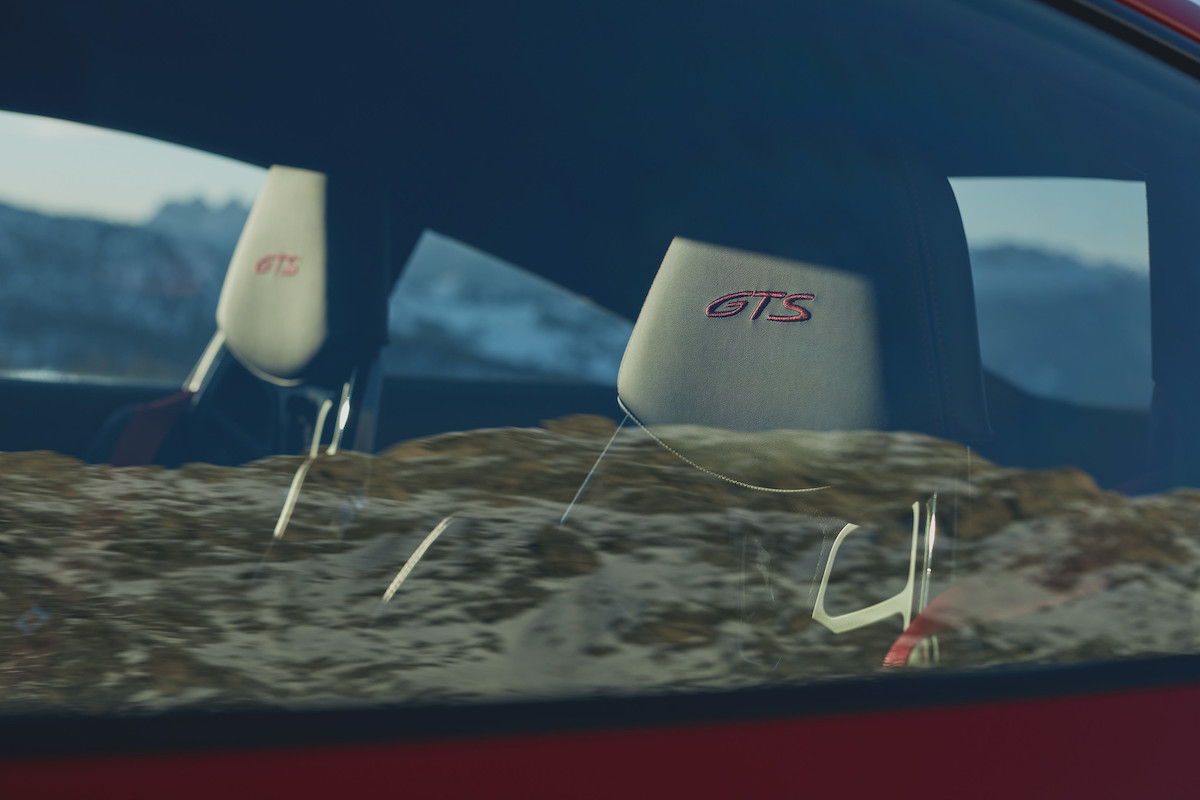


The letters stand for Gran Turismo Sport. You’ll find the label on every car in the current line-up, meaning not just the sporty two-doors but the Sport Utility Vehicles, the Panamera limousine and even the Taycan.
You can usually identify a GTS model from its black trim and black wheels, a signature colour chosen not merely because black is the new black, but also for its understated raciness. Even the head and taillights have a dark, smoky tint.
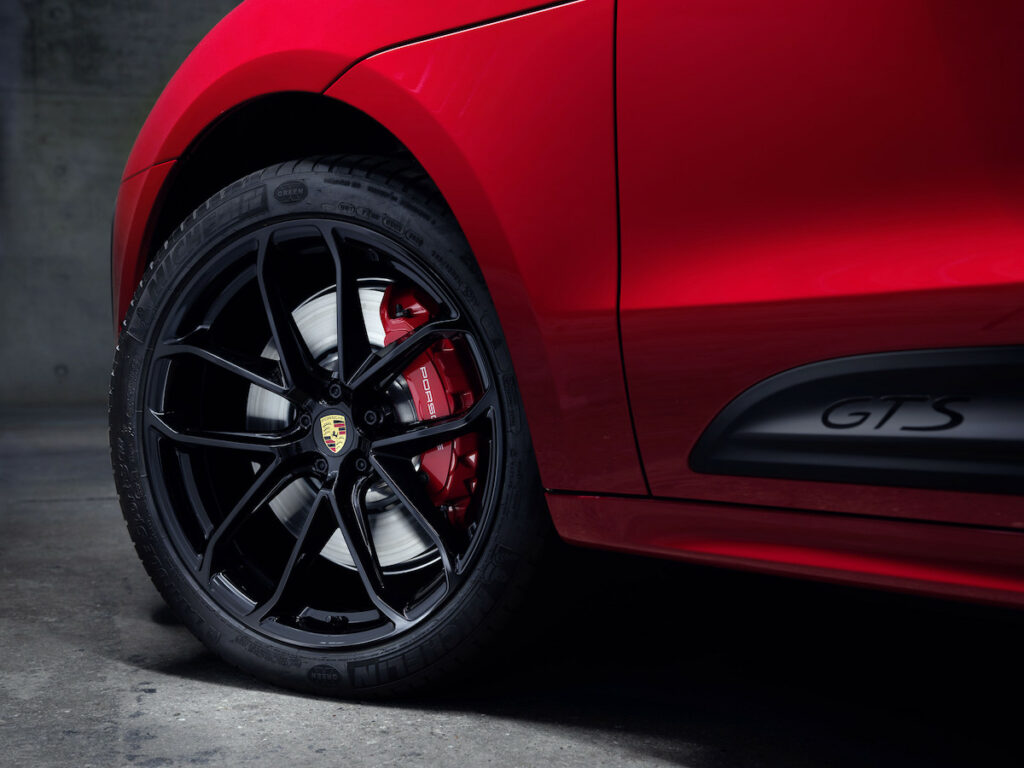


The GTS cars are for customers who want something extra, or in some ways, want it all. “I guess what’s the most important thing about the GTS models is their all-day usability, combined with a lot of emotion and performance,” says Simon Lohre, the product manager for the 911. “It's a combination of both of those worlds.” Make’em fast, but keep’em sweet, in other words.
That’s not as straightforward as it sounds. Improving the performance of a car is done in two ways: adding power and/or subtracting weight. But turn up the horsepower too much and you set off a chain reaction of other upgrades needed to make all that oomph usable, such as beefing up the suspension, brakes and tyres, or even strengthening the bodyshell. Removing weight sharpens a car and improves its acceleration and braking, but it usually entails getting rid of the things that make it comfortable, such as noise insulation or thickly padded, power-adjustable seats. The GTS treatment is about walking a fine line between adding performance to a Porsche without bloating it, and making it worse to live with.



Nor is it a matter of bundling a few options from Porsche’s mind-bogglingly extensive catalogue and calling it good. Mr Lohre (above) says the starting point is to look at the flavour of the underlying car. “The most important thing is the spirit of the car,” he says. “If you have a luxury car it's not that important to have a sport exhaust system, but when we have a sporty car, you need the performance ingredients.”
The 911 GTS is a good example of how it all works. The GTS trimline includes a sport exhaust with black tips, the option to have classic-looking RS Spyder wheels at no extra cost, Porsche’s active suspension system, the Sport Chrono Package that adds different driving modes, an interior slathered in Alcantara and Race-Tex (two lightweight, durable materials that racing cars use) and lightly redesigned bumpers from the Sport Design Package.
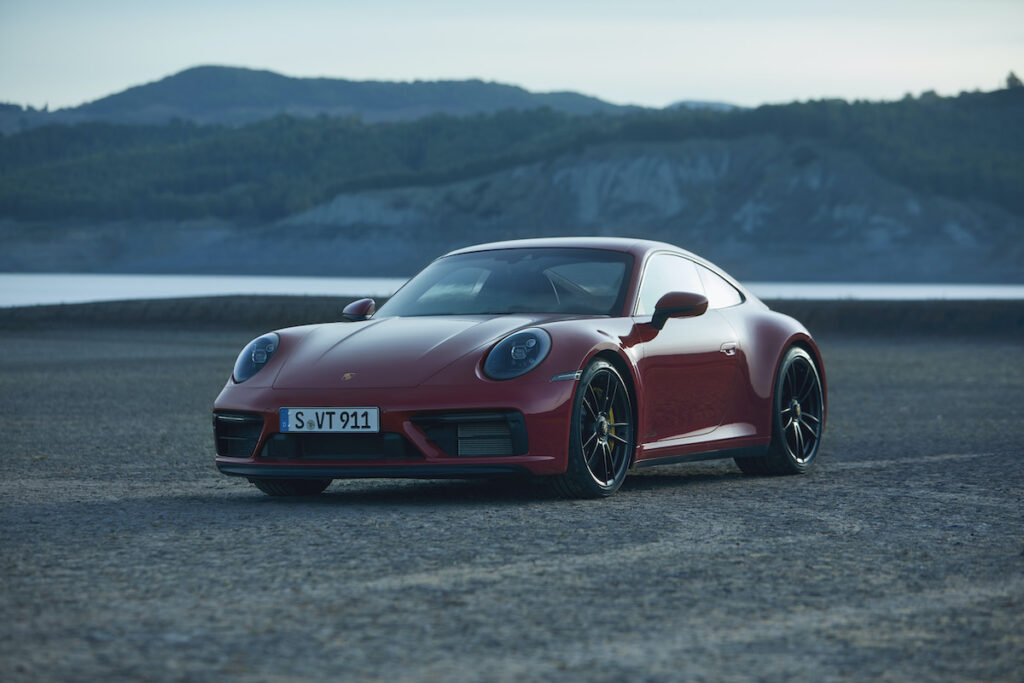


If we’ve done our sums right, raiding the parts catalogue and adding all that to a 911 Carrera S would cost S$64,894. In comparison, upgrading to the GTS trim costs S$69,500 — slightly more, but then it also includes other parts that can’t be added to a regular 911, plus a bit of extra spice in the performance and handling departments in the form of brakes, wheels and rear suspension from the mighty 911 Turbo S, plus 30 horsepower more than a 911 Carrera S. How’s that for value for money?
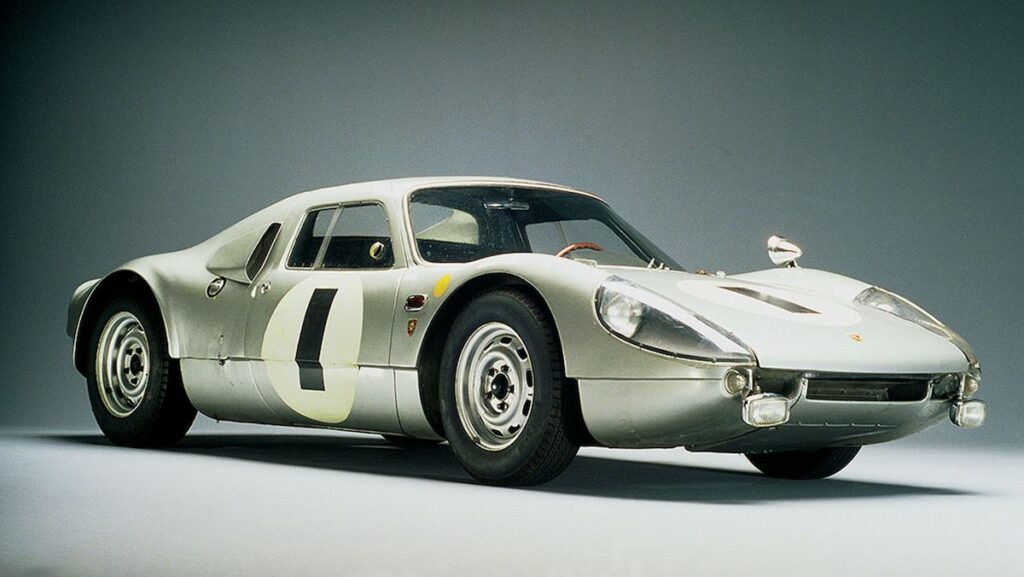


Porsche itself has a clear business case for the GTS range, although not at the very start. Like so many things with Porsche, the GTS idea has its roots in racing. The first car to bear the label was 1964’s 904 Carrera GTS (above), a slender, lightweight competition coupe that spawned a handful of road-going versions so it could meet minimum quantity rules for production car racing.
The same racing origin story created a 924 Carrera GTS model limited to just 50 road-legal units. It was the most expensive Porsche money could buy at the time.
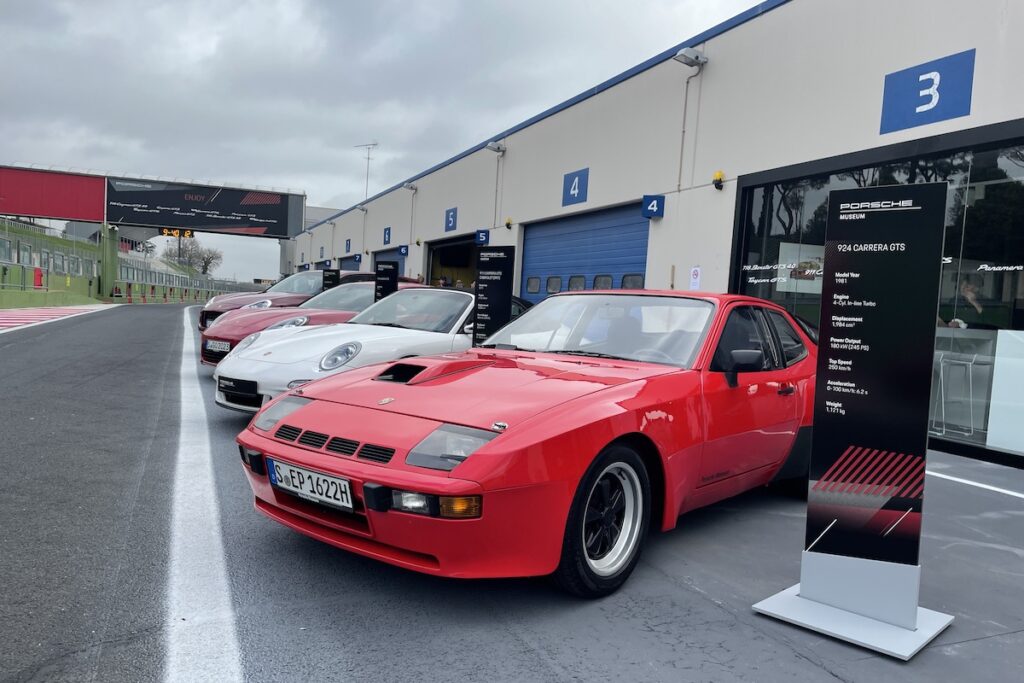


But the GTS badge eventually became a way for Porsche to add a rung to its model ladders, usually above S and below Turbo. “Some people are not quite sure whether an S or a Turbo model is the right decision,” says Mr Lohre.
He acknowledges another reason to give a Porsche a GTS makeover: to keep buyers interested in a given model as it ages. Porsche’s rollout of five GTS versions of the 911 came more than two years after the base car was born, for example, in time to help boost the model’s sales to a record 38,464 last year.
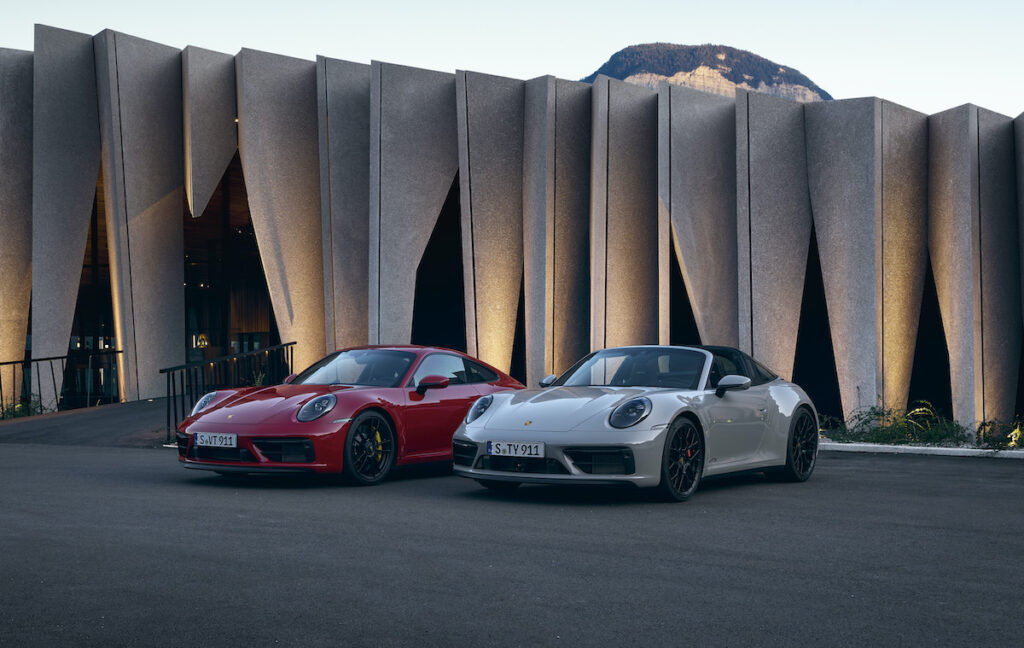


The newest GTS cars signal that there’s life in the label even if the combustion engine itself seems doomed. Porsche unveiled GTS versions of the Taycan in November, all with the same promise of serving up better performance with curated cosmetic upgrades both inside and out.
The sportscar maker’s bet on GTS is a crystal clear one: even if combustion power has a doubtful future, there will always be drivers who want something faster than the usual Porsche models, but without giving up everyday comfort.
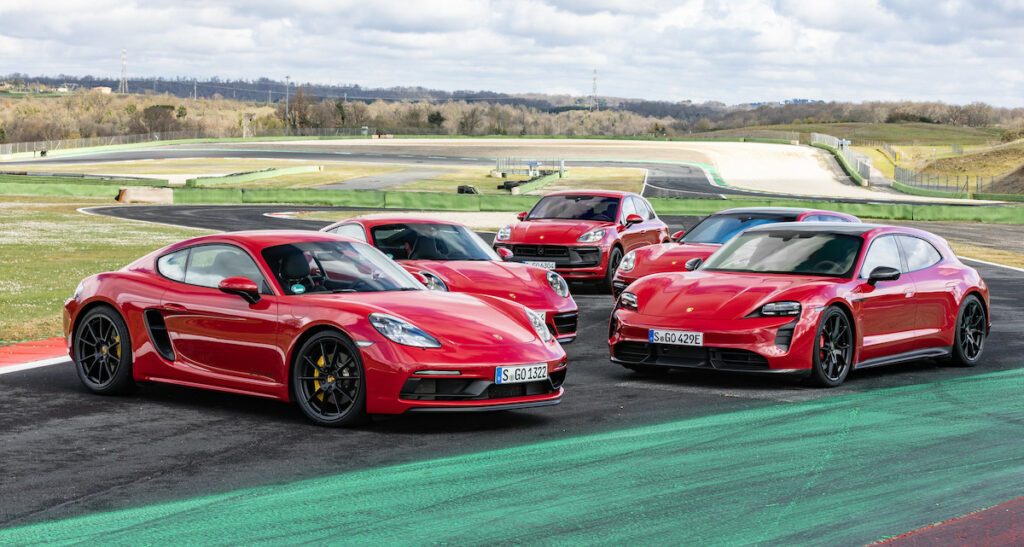


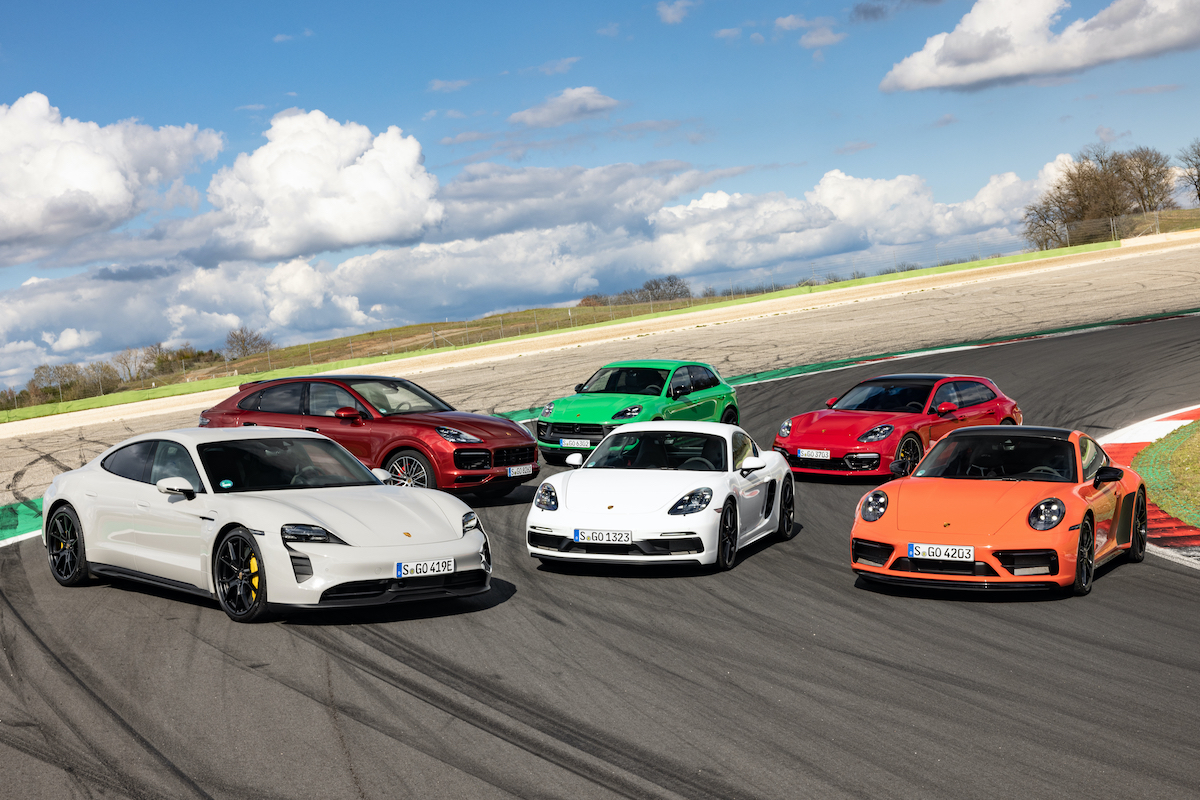


You've got nine different cars from Porsche's GTS family but only half a day — time for a proper play with only five. These were the ones we scrambled for...
Macan GTS
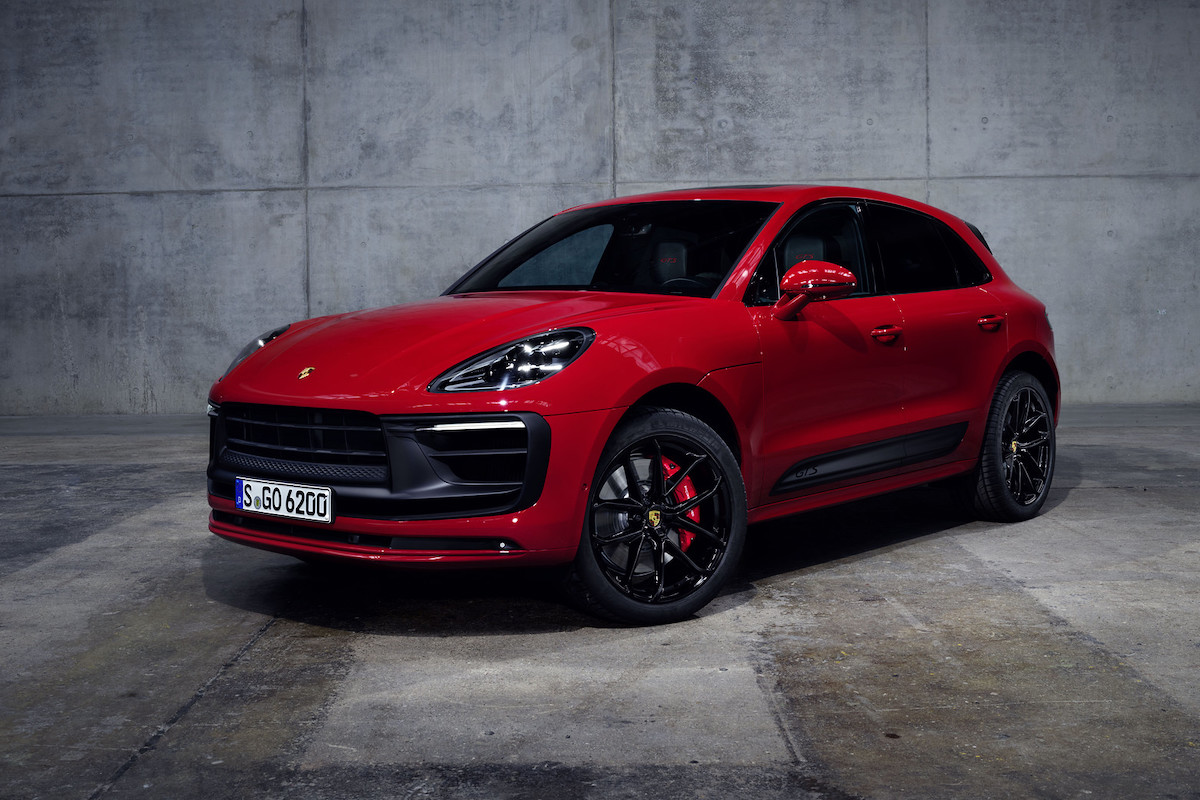


Porsche has given its single best-selling model the GTS treatment before, but this second crack at it turns up the temperature significantly. The current Macan GTS has 440 horsepower under the bonnet, enough for serious performance. 100km/h arrives in as little as 4.3 seconds.
In fact, the car is so quick that Porsche has done away with the Macan Turbo, presumably no longer seeing the need for one.
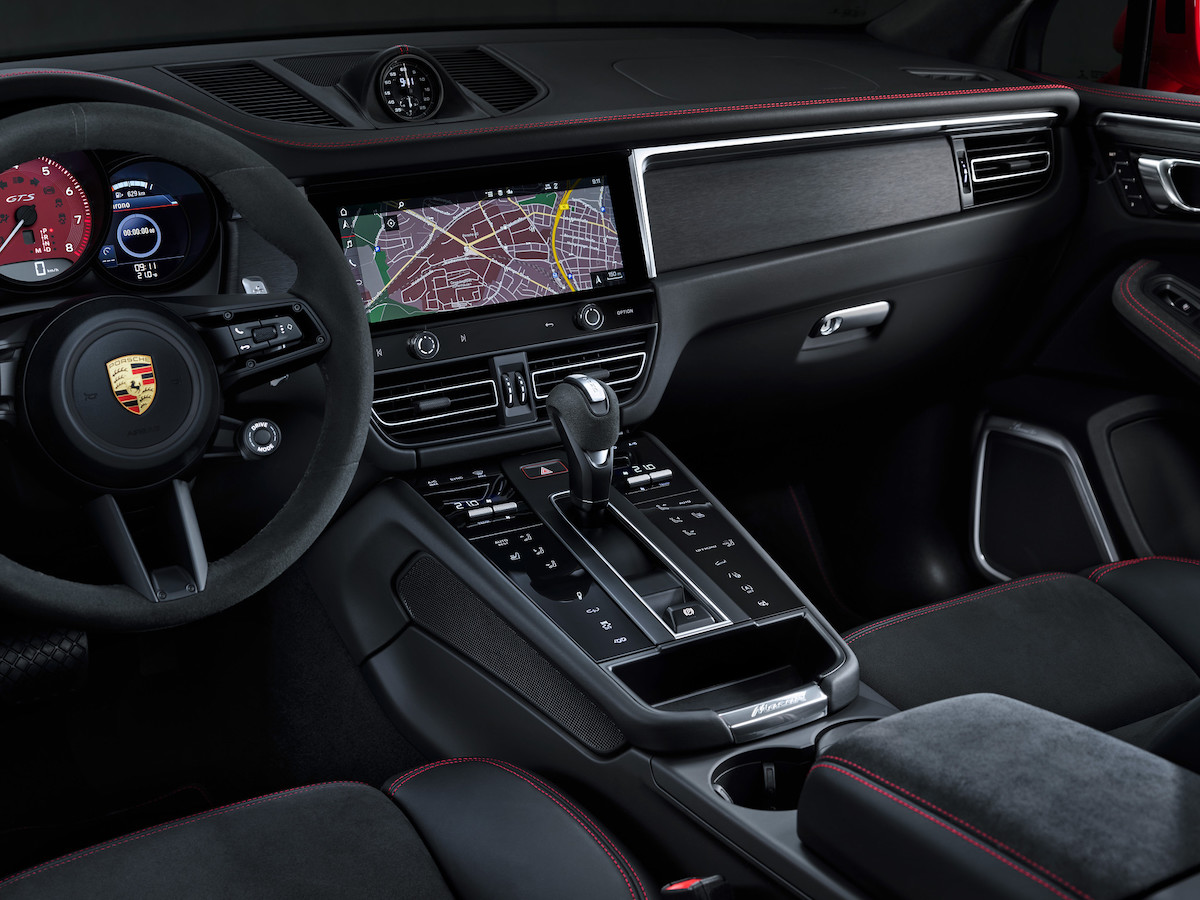


It all adds up to a car that is not just speedy and surefooted, but entertaining to drive. The Macan GTS has plenty of thrust to call upon, and but it also summons far more poise than a Sport Utility Vehicle has a right to.
From the way the steering filters feedback to your palms to the way the body settles down on its springs as you sail through a corner, the Macan GTS delivers speed without a wild, scary ride.
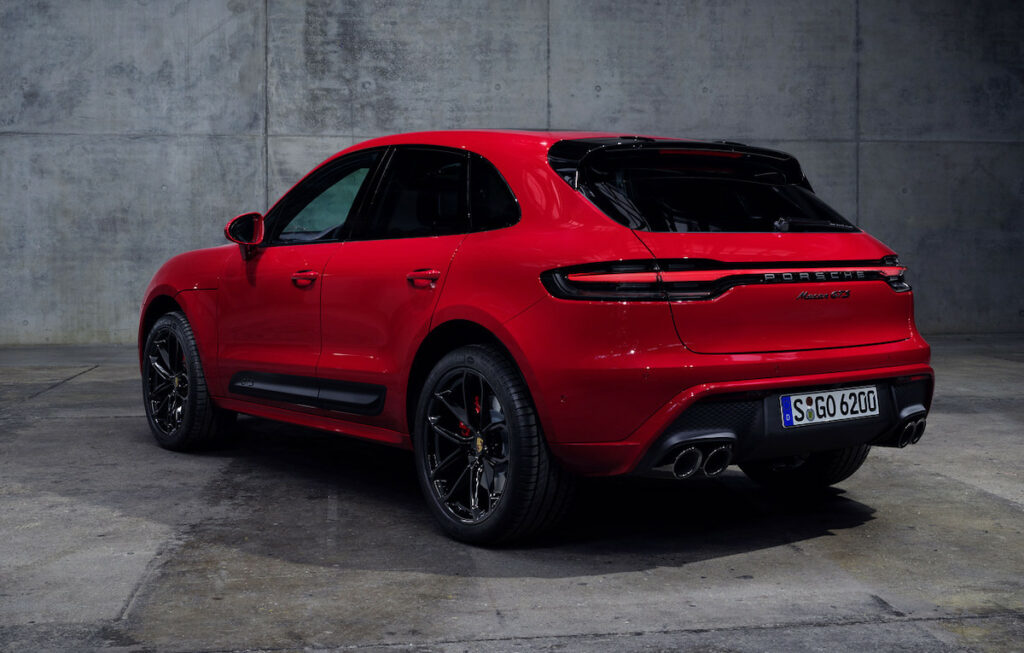


Its looks are nicely understated (lurid Python Green of our test car notwithstanding), and though the Macan itself isn’t a roomy car, but of all the Porsches that run on petrol and can seat five people, this is likely the best one to drive.
718 Boxster GTS
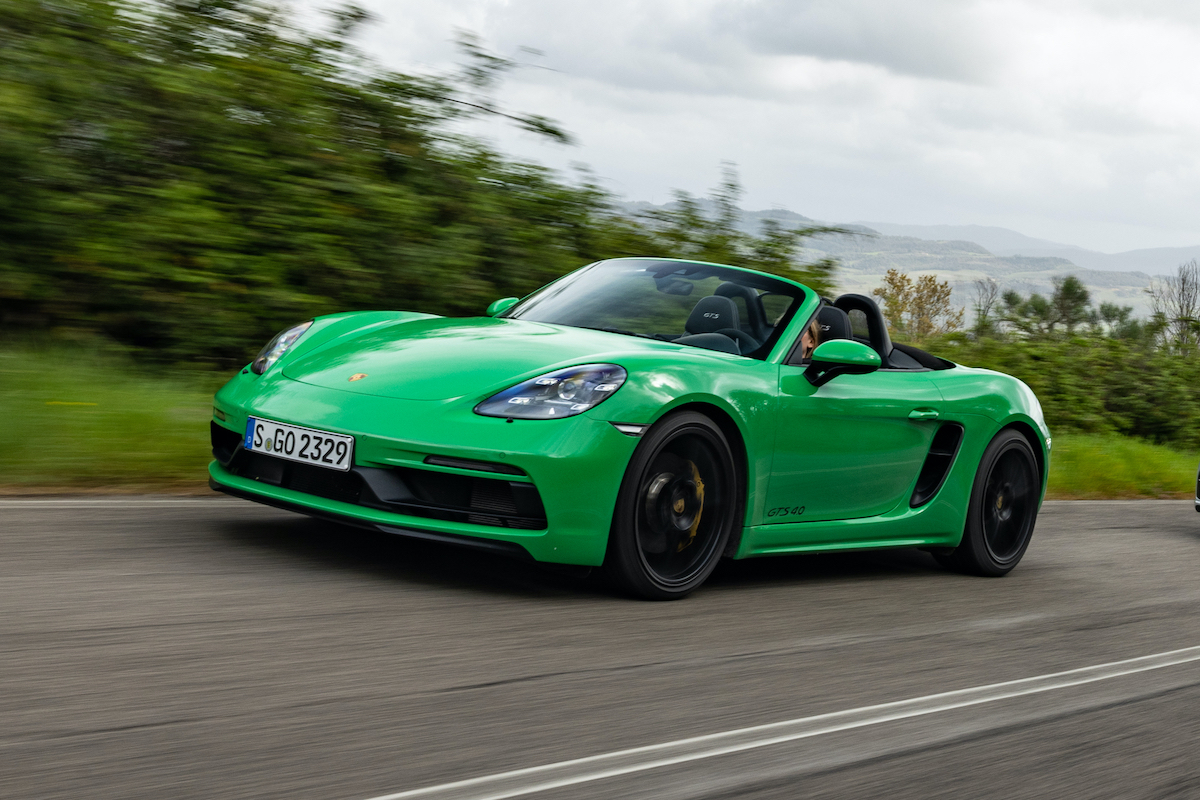


It’s hard not to fall in love with the balance and deft handling that Porsche’s mid-engined masterpiece offers the keen driver, but the latest 718 Boxster series deserves more characterful engines than its current four-cylinder units.
Someone at Porsche must have agreed, because the Boxster GTS has a lovely six-cylinder that revs eagerly, sings like an angel and pulls like the devil.
The GTS 4.0, to use its full name, has an engine derived from the 911’s flat six, only without turbocharging. Instead, it’s been upsized from 3.0 to 4.0 litres and cranks out 400 horsepower, which in a relatively petite car like the Boxster is good for a sprint to 100km/h in four seconds flat.
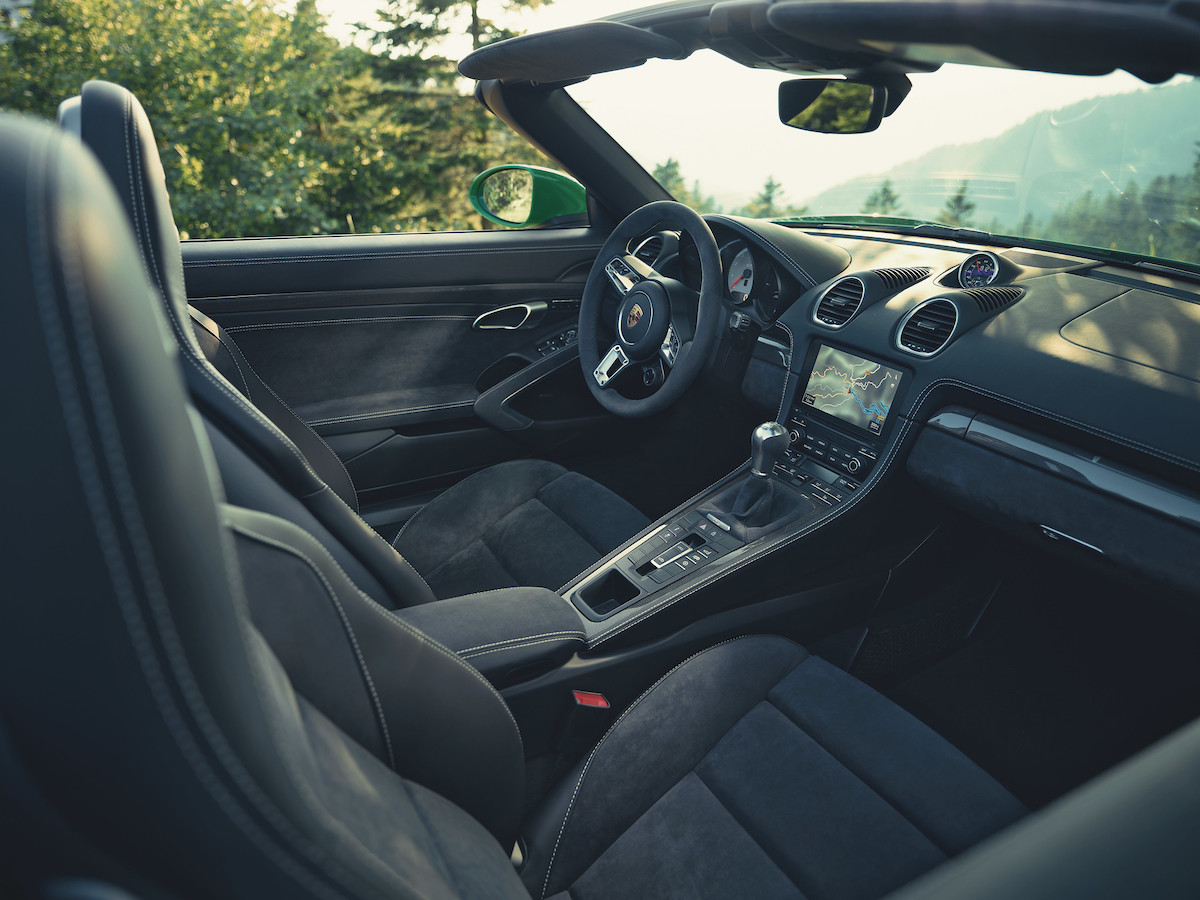


Raw engine power is only half the story. The GTS has stiffer springs that lower it by 10mm, the dampers and anti-roll bars are specific to the car, and it has enormous brakes.
But it’s the handling that is the most captivating thing about the Boxster GTS. It’s so agile and responsive to your every input that it feels like a thing alive, and the frantic howl from its naturally aspirated engine makes the small hairs stand. It’s a car that blends fun with excitement like nothing else.
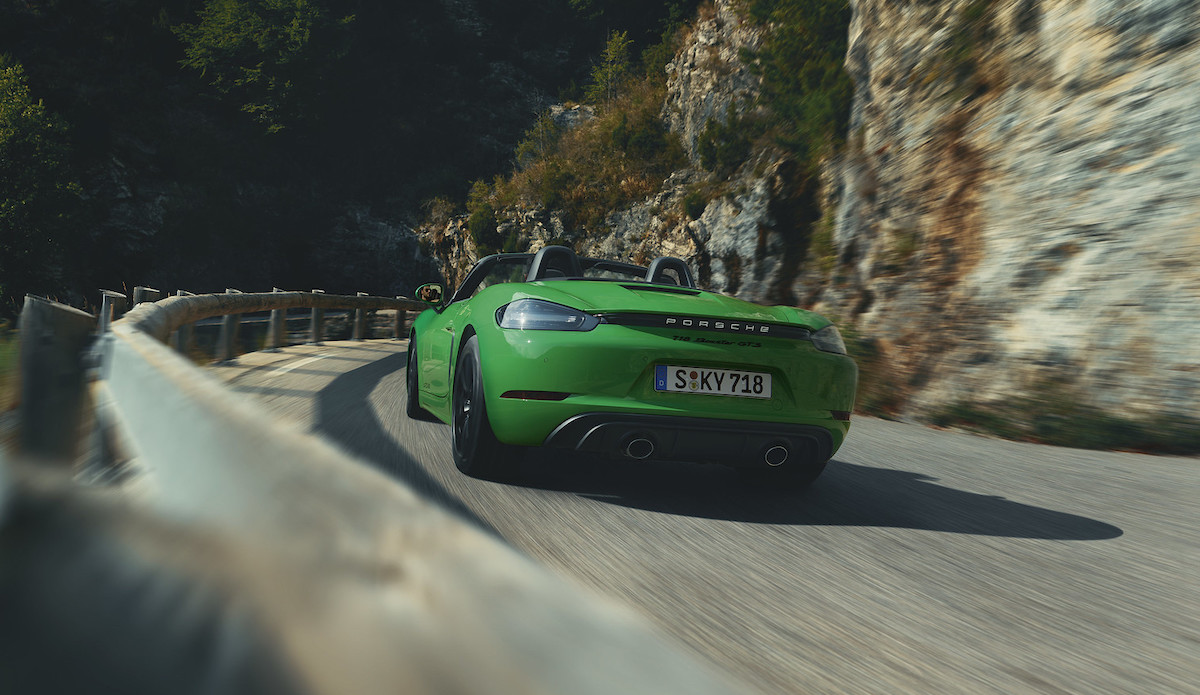


The Boxster and its fixed roof sibling, the Cayman, are possibly Porsche’s most overlooked cars — the two are the brand’s slowest selling models — but they are, in GTS form, quite possibly its sweetest.
911 Carrera 4 GTS
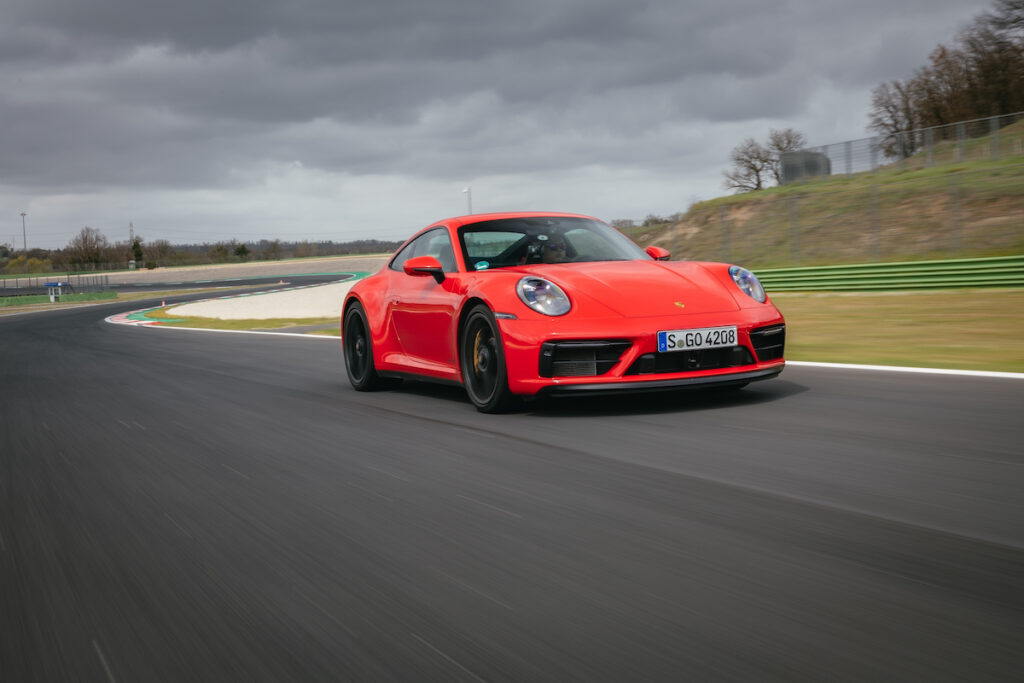


The only truly safe place to put a Porsche 911 through its paces is the racetrack, and so we find ourselves on the Autodromo Vallelunga, a 4km loop with a solid mix of fast and slow bends, with dips and crests to keep things interesting.
“Interesting” becomes “exciting” in the 911 GTS, though, not least because of the car’s tireless acceleration. Mechanically, this 911 possibly captures the GTS spirit best: it’s modestly more powerful than the Carrera S (by 30 horsepower, for 480 hp in total), but raids the best from the parts bin to elevate the handling. It has the wheels and titanic brakes from the almighty Turbo S (a car with an epic 650 horsepower to its name), and borrows its rear suspension setup.
Mind you, that doesn’t stop the Carrera 4 GTS I’m driving from wiggling around under me during hard braking for the slow bends at Vallelunga, or from weaving ominously over some of the high speed crests. Yet, the 911 GTS is an epic experience on the track, demanding focus and bravery from the driver but supplying a sensory feast in return, with an intensity of cornering, braking and acceleration forces enough to make an ordinary driver gasp. Needless to say, I gasped plenty.
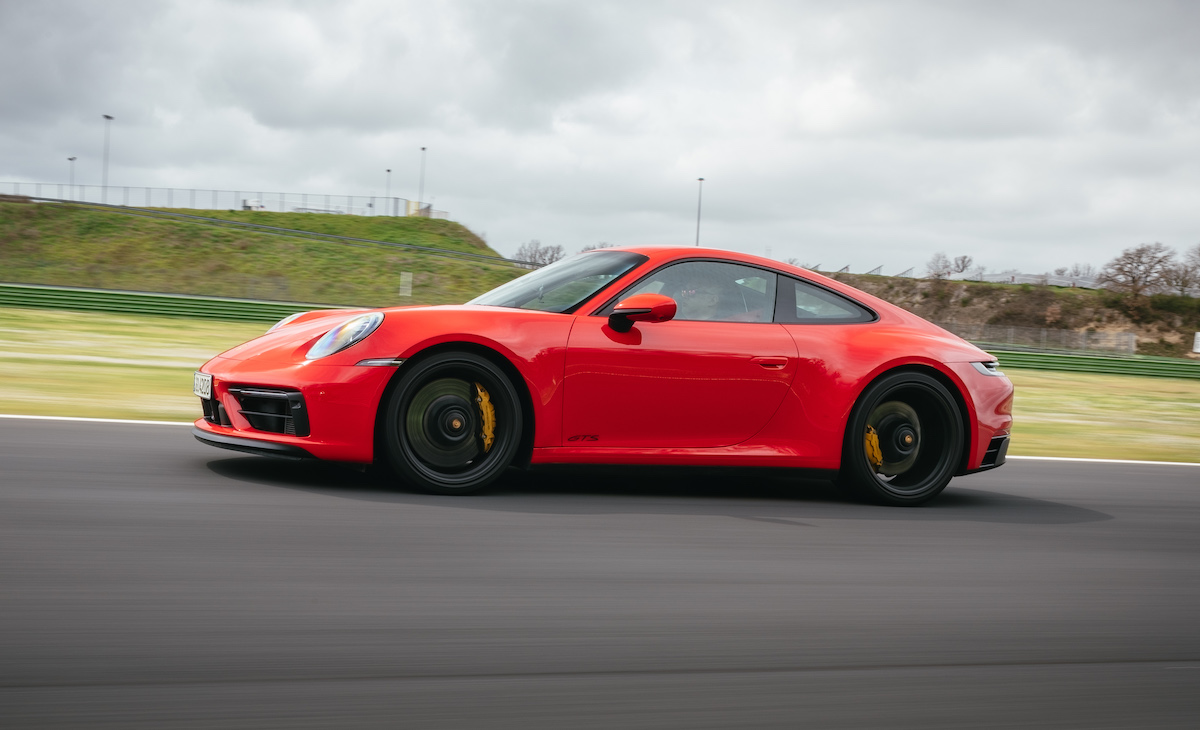


The engine starts to hit hard at the middle of the rev range, but it keeps flowing to the redline, leaving you wide eyed and eager for more. But a signature feature of the GTS spec is that it deletes some sound insulation from the car. Together with the sport exhaust, that means the cabin is filled with the determined howl of the engine each time you nail the accelerator, making the 911 GTS a treat for all the senses but taste.
If you’re slightly more hardcore than the average GTS customer, you can opt for a Lightweight Package that shaves 25kg off the car’s weight by eliminating the rear seats, filling all the windows with lightweight glass, subbing out the regular 12V battery for a lithium-ion one and, most tasty of all, installing carbonfibre bucket seats.
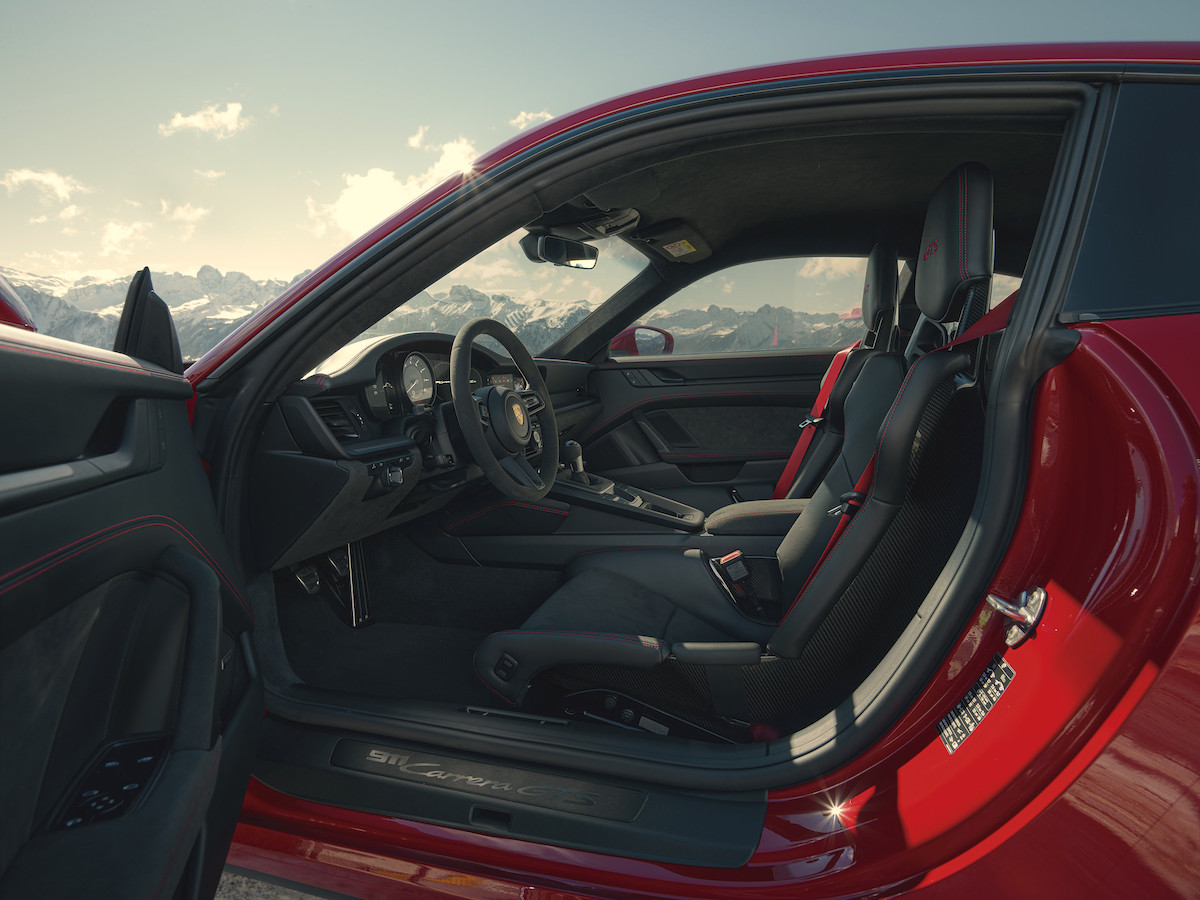


The racing-derived 911 GT3 would undoubtedly be even more of a thrilling workout on the circuit, not to mention a sharper car overall, but the GTS does live up to its mission of being an everyday driver well. Over some rural Italian roads on the way to Vallelunga, I drove a Carrera GTS Cabriolet that shrugged off tarmac that looked as if it had been carpet bombed. To be sure, I felt every bump, but I didn’t exactly slow down much for them, either.
718 Cayman
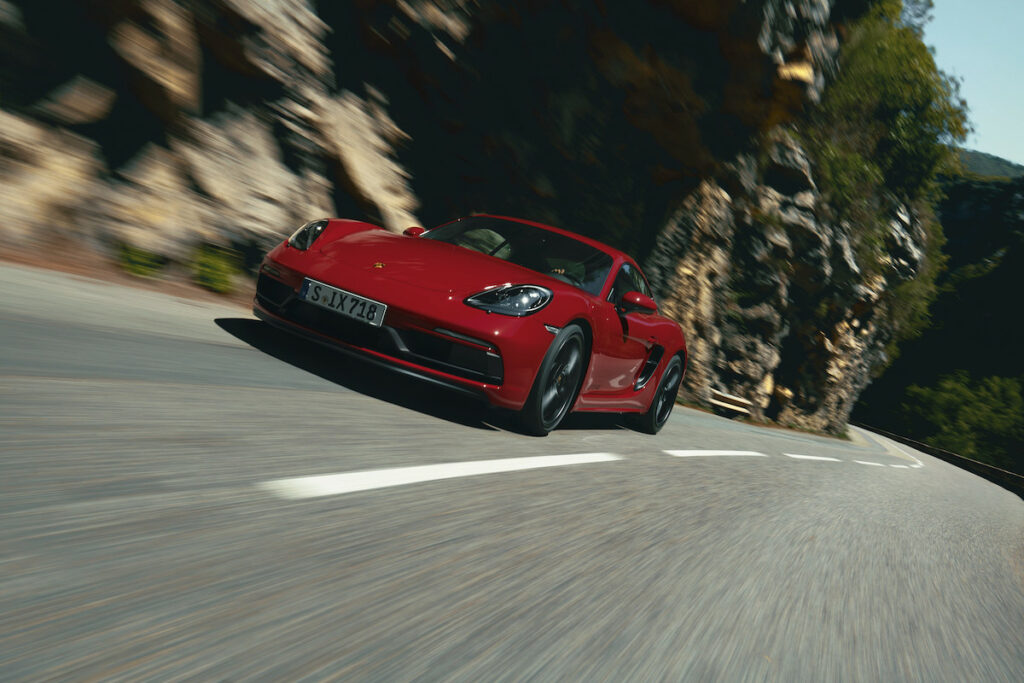


As much as the 911 GTS is a jolt to the senses, if there’s a single Porsche I could trade all the beans in my bank account for, it could well be the Cayman GTS 4.0. Like its Boxster sibling, it’s endowed with a gem of an engine, a howling, sonorous boxer six derived from the 911, but shorn of the turbos that can muffle a car’s voice.
The 400 horsepower it generates isn’t a show-stopping number, but the Cayman GTS is a car about fitness rather than strength. At 1,380kg it’s a featherweight by today’s standards, and with a fettled suspension that lowers it by 20mm, it responds to steering inputs in kart-like fashion, yet it moves with unbelievable grace at speed.
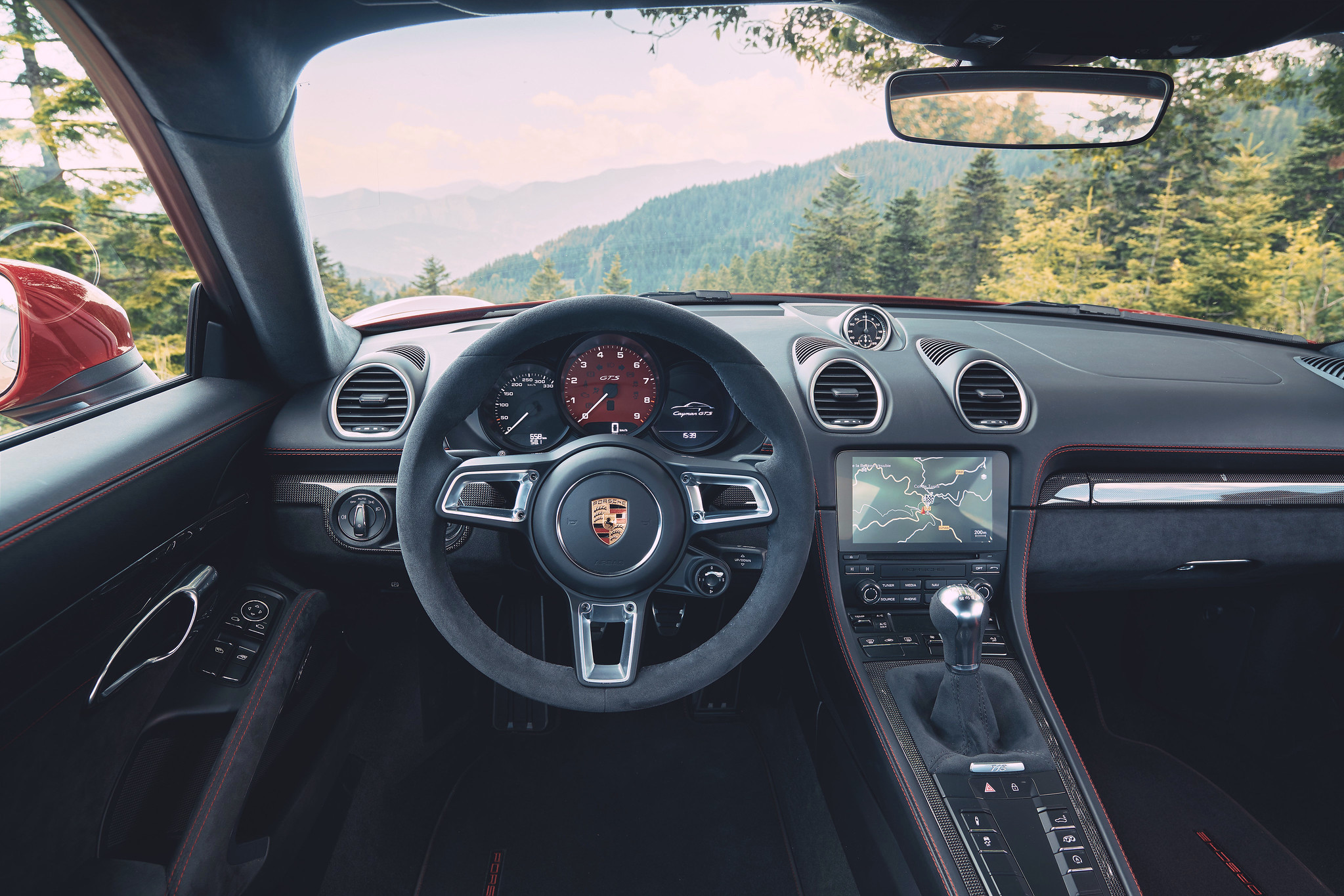


At Vallelunga, it glided over fast crests with a supreme poise that made the 911 feel twitchy in comparison, and somehow flicked into corners with the same aplomb. It’s a brilliantly exuberant car that changes directions rapidly, yet feels more friendly in the way it gently edges its tail end out when you adjust the throttle position.
The basic Cayman will have much of the same playfulness, but with what is a more ordinary engine behind the driver. Not so the GTS, which is not only more rapid but more responsive, and blessed with a voice that adds a boisterous personality to the car’s pliable character.
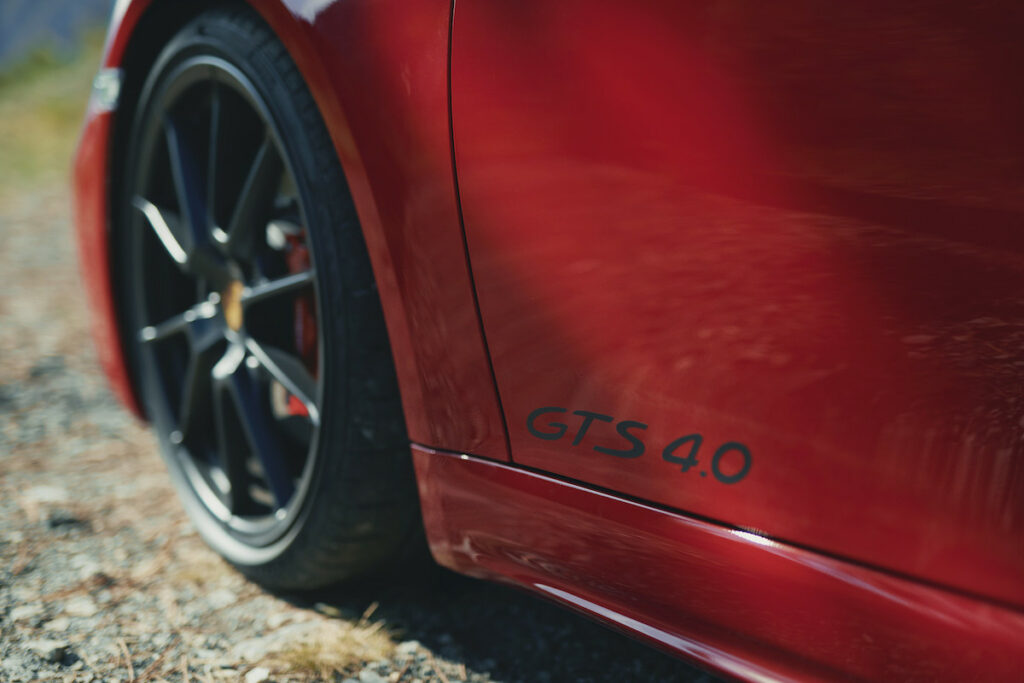


Granted, the better drivers tend to enjoy the challenge of mastering a 911, but the Cayman GTS 4.0 feels more like a partner that is ready to coax the best from you, rather than demand it.
Taycan GTS
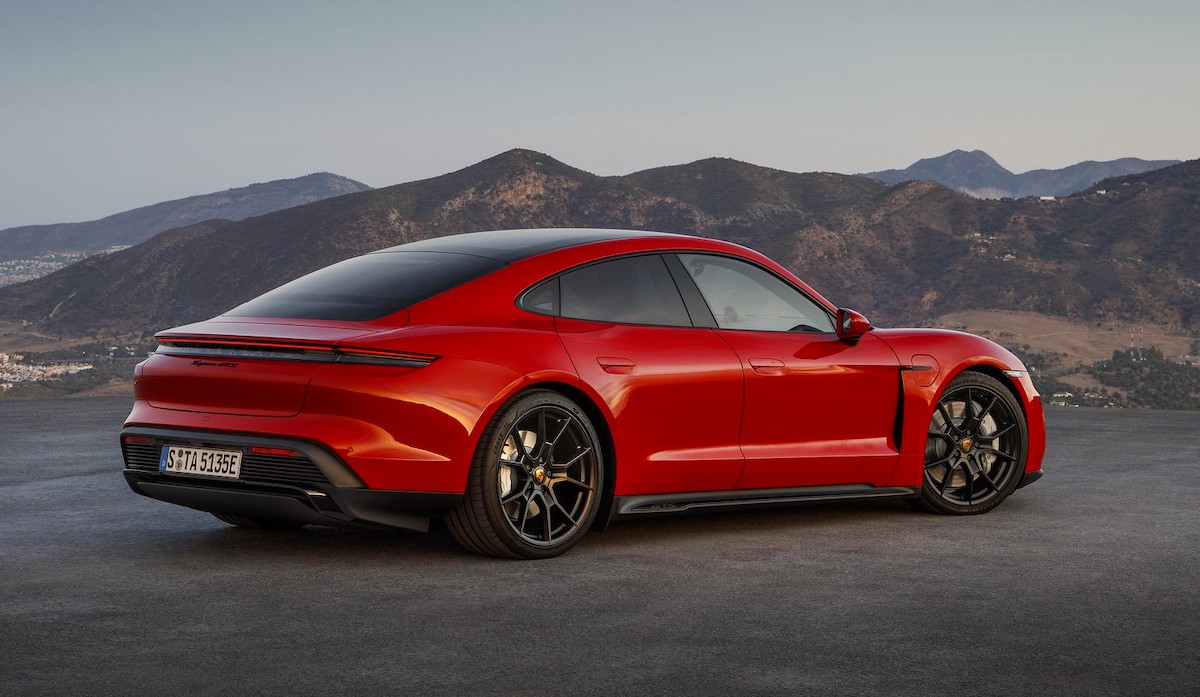


Driving the Taycan for the first time on a racing track was a revelation. Much has been written about how electric cars benefit from the low centre of gravity that underbody battery placement gives them, but the Taycan GTS brings that idea vividly to life. It feels impossibly stuck to the tarmac: you turn in, there’s seemingly no body roll to speak off, and it’s up to the tyres to claw their way through a corner.
I thought the brakes would struggle to slow down 2.3 tonnes of Porsche, but they seemed perfectly up to the job of shedding speed by the bucket for slow corners (albeit only over two laps at a time).
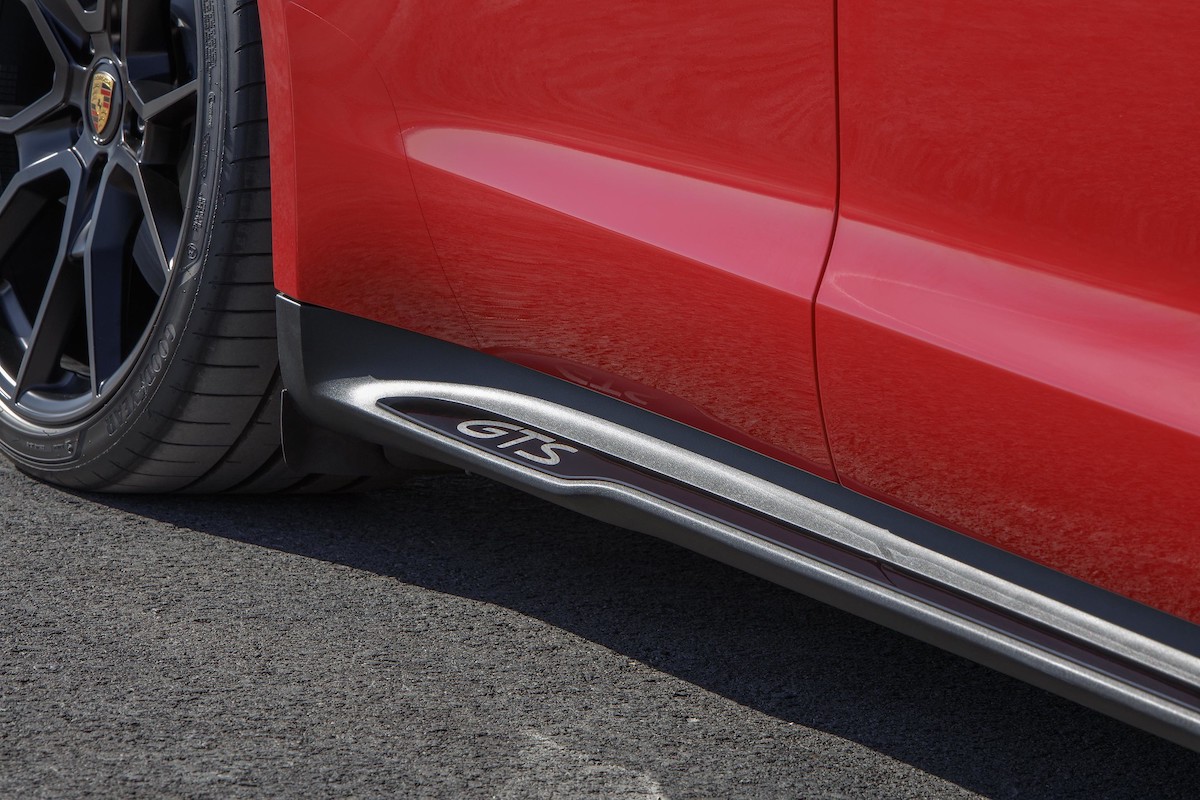


Conversely, there seems to be endless traction when the motors propel the Taycan GTS out of even the tightest corners. With 517 horsepower (598 hp is available in a brief burst for launching the car as violently as possible from standstill), the Taycan GTS is devilishly quick down the straights, although you do feel the power taper off as the speed climbs beyond a certain point — call it 170km/h or thereabouts, since I had my eyes on the track instead of the speedo.
Through it all there is a strange absence of noise, so much so that you sometimes arrive at a bend going much more quickly than you imagined. Part of giving the Taycan the GTS treatment involved upping the volume of its sound generator, which Porsche calls Electric Sport Sound, and though it’s noticeably more forceful than in a regular Taycan, it falls a long way short of delivering the drama that a screaming six-cylinder engine conjures up on the track.
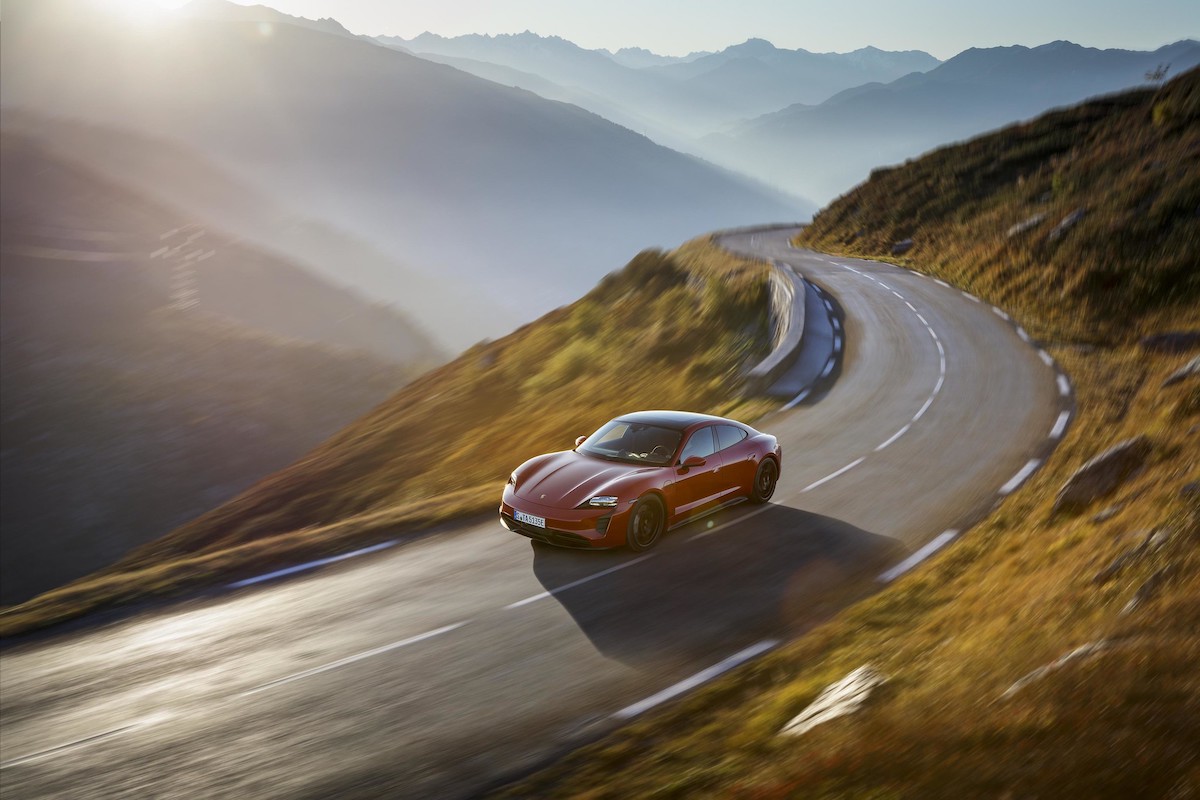


Interestingly, the GTS has the longest range of any Taycan. It’s the only one of the lot that can cross 500km on a single charge, thanks to new software that tweaks the way the motors operate. It’s a fascinating glimpse at how, in the performance car of the future, speed and efficiency could go hand-in-hand instead of being on opposing sides.



Subscribe to our digital and print editions from as little as S$27 a year!
READ MORE: The latest on CarBuyer!


















Leave a Reply
Your email address will not be published. Required fields are marked *.